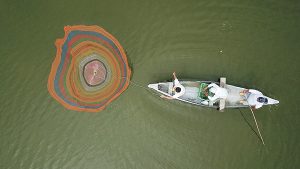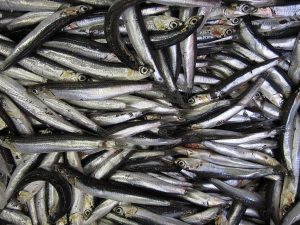
BioMar sources new ingredients to cut carbon emissions in supply chain
BioMar is sourcing Benson Hill ingredients as part of its commitment to cut carbon emissions and build restorative soy supply chains.
Poultry corn byproduct meal can be an ingredient in channel catfish aquafeeds. Byproduct recycling plays a role in increasing production output.

BioMar is sourcing Benson Hill ingredients as part of its commitment to cut carbon emissions and build restorative soy supply chains.

Deep tech company Volare, which produces insect-based protein, plans to build the first industrial-scale insect factory in Finland.

Replacing 10 percent of fishmeal with rice protein meal significantly improves digestibility, protein synthesis, antioxidant capacity and disease.

Skretting Ecuador will produce a new shrimp feed that will partly replace two ingredients – fishmeal and fish oil – with insects and algae.

A correct balance of fishmeal and dietary methionine has a critical effect on Pacific white shrimp growth performance and economic efficiency.

Black soldier fly larvae meal has anti-inflammatory molecules that may alleviate inflammation but is outperformed by quercetin in this capacity.

Marine ingredients are typically lower in environmental footprint vs. terrestrial ingredients but fisheries stock status must be considered separately.

CFIA this week approved imports of Norway-based Aker BioMarine’s Qrill Aqua, a krill meal product and aquafeed ingredient that boosts fish performance.

Fish-free aquafeeds trials demonstrate the feasibility of the complete removal of fishmeal and fish oil from the diets of the tested fish species.

A new study is looking at ways marine growth from decommissioned oil and gas platforms could be used for livestock and aquaculture feed.

Pacific white shrimp weight gain and feed intake increased with dietary inclusion of certain feed attractants and decreased with others.

Calysseo will build an alternative protein facility in the Kingdom of Saudi Arabia in partnership with Food Caravan.

A new study suggests that sea bream larvae fed on a diet including Antarctic krill show increased survival rates and enhanced growth.

Taking a circular economy approach, a new Scoular fishmeal processing facility will upcycle local fish trimmings into aquafeed.

Transitioning of aquafeeds from linear to circular models involves the potential valorization of a wide range of marine resources.